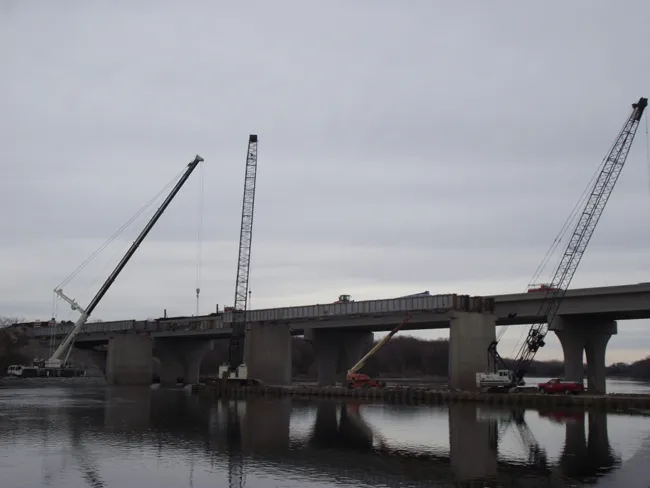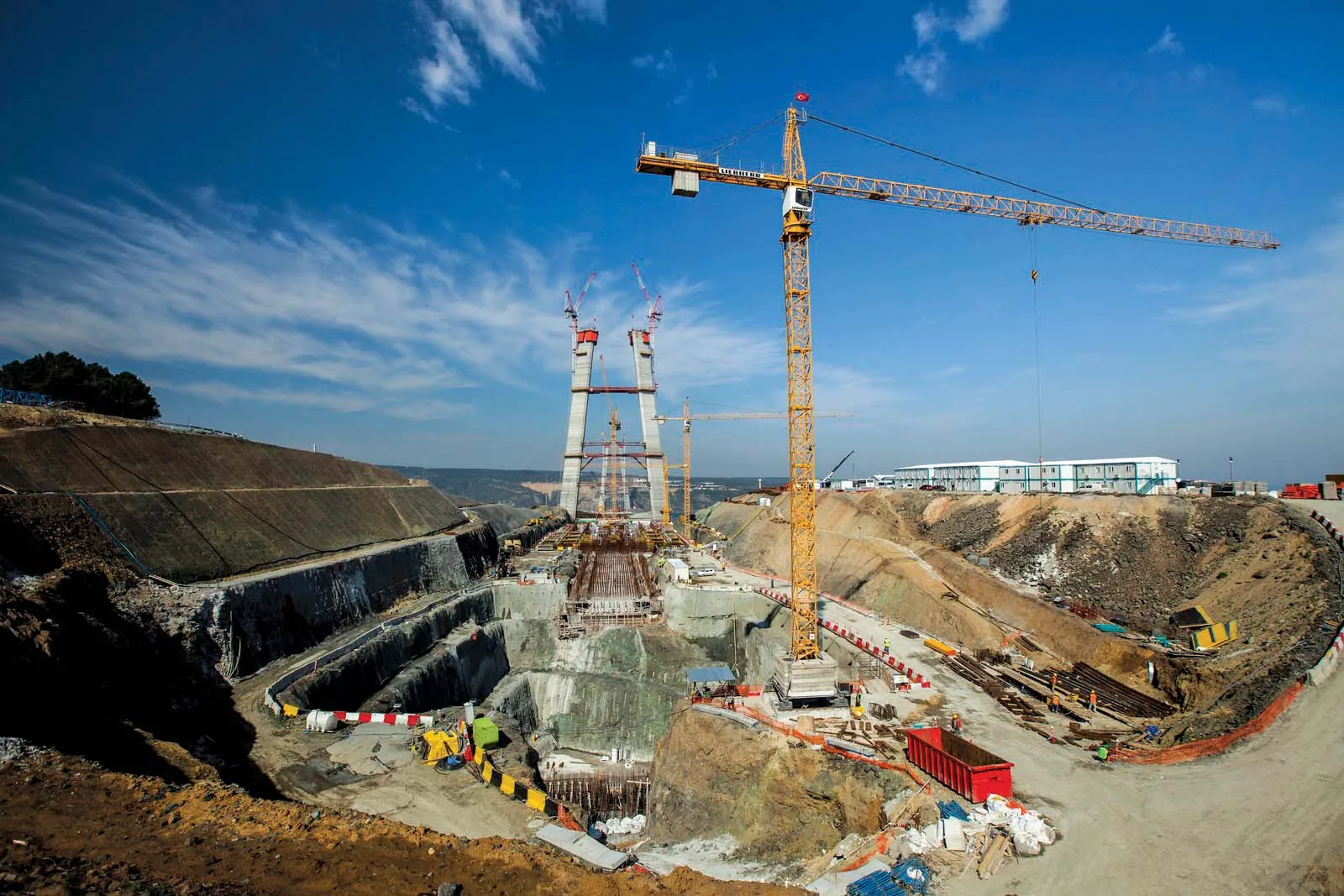The new bridge will carry four lanes of traffic in either direction, replacing the existing structure which was built in the 1960s and is now reaching the end of its working life.
The structure will feature four southbound lanes for traffic in the direction of St Petersburg. The design includes four express toll lanes, with two lanes in either direction. Only drivers paying tolls will be allowed to use the express lanes, with the charges varying depending on demand.
The plans call for the existing southbound bridge, which was built in 1990, to be switched to carry northbound traffic. Further in the future, the new bridge will carry light rail (on lanes that will initially be used for northbound traffic) and an additional structure will be constructed to carry extra northbound traffic lanes. The new design also includes facilities for cyclists and pedestrians.
Once the new bridge is in use, the old structure will be demolished. However FDOT will also take care over the demolition work, which will be carried out in accordance with the strict environmental restrictions in the state and will ensure no contaminants affect the water resources.








